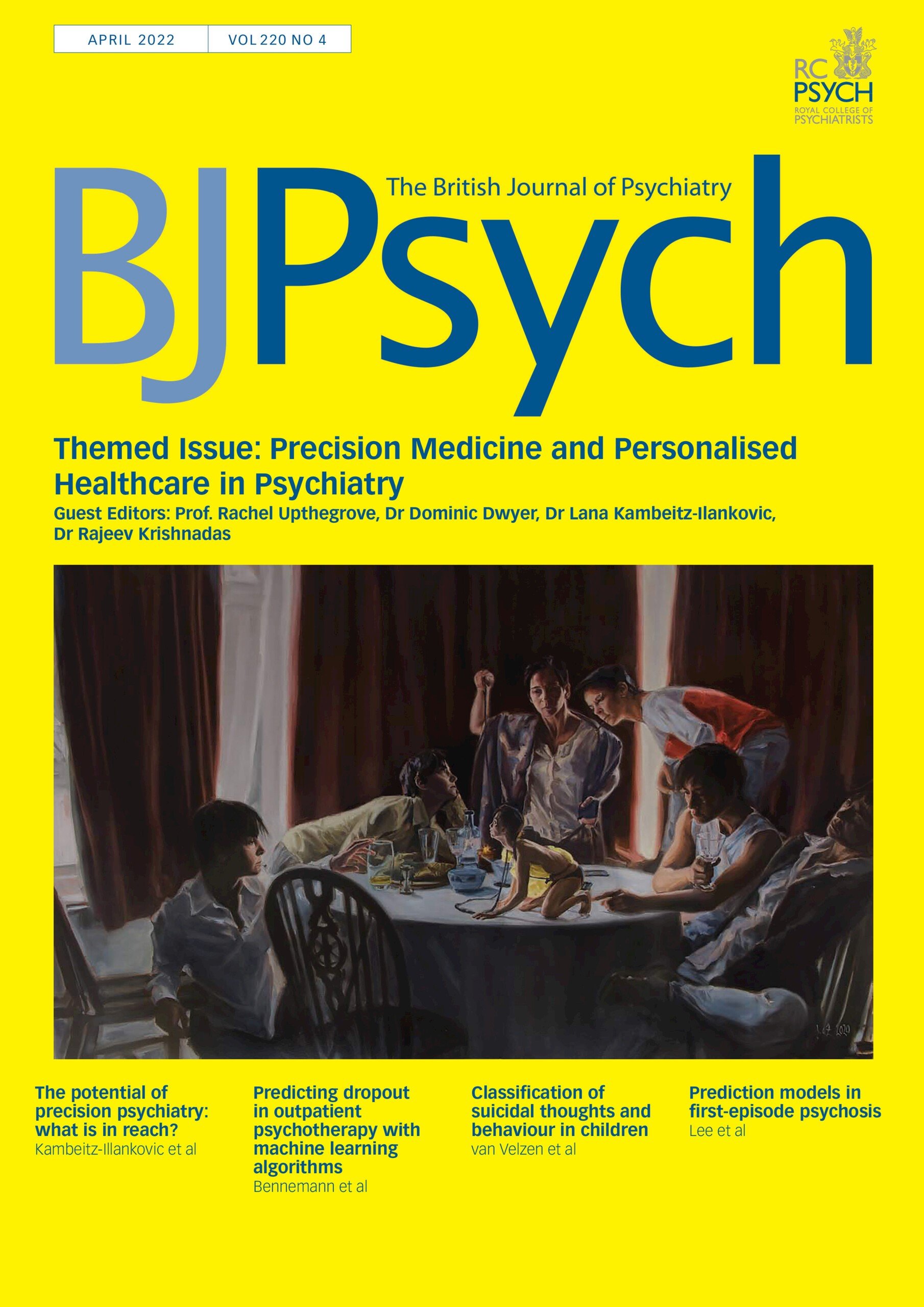April 2022
/Excerpt below from the April 2022 Kaleidoscope column in The British Journal of Psychiatry (BJPsych). You can read the full column for free here
Multiple sclerosis is an immune-mediated inflammatory demyelinating condition putatively triggered by a viral infection. The Epstein–Barr virus (EBV) has been proposed as a causative agent in multiple sclerosis because of observations of an increased risk of multiple sclerosis in people who've had infective mononucleosis (glandular fever, usually caused by EBV) and evidence of EBV in multiple sclerosis lesions in some pathology specimen studies. However, for a stronger causal claim, the necessary natural experiment is to locate a large prospective cohort of people who are confirmed EBV negative at one time point and where some will be EBV positive at a later date. Bjornevik et alReference Bjornevik, Cortese, Healy, Kuhle and Mina exploited a 20 year prospective cohort of 10 million US military service personnel, where, at regular intervals, serum samples were collected and preserved in the Department of Defence Serum Repository. EBV is ubiquitous, with around 95% of adults having the infection, so the researchers located 801 people with multiple sclerosis and 1566 matched controls who had relevant samples available. They then located two serum samples: one baseline and another sample prior (median 1 year) to the multiple sclerosis diagnosis. In the later serum samples, only one of the 801 multiple sclerosis cases was EBV negative. At baseline, 35 of the multiple sclerosis cases and 107 of the controls were EBV negative, with all but one of the 35 multiple sclerosis cases developing EBV infection over time. This resulted in a hazard ratio of 32.4 (95% CI 4.3–245.3) for multiple sclerosis in the EBV-positive versus the persistent EBV-negative cases. Of note, infection with cytomegalovirus (CMV), which like EBV is transmitted in saliva, was used as a negative control and appeared to actually lower the risk of multiple sclerosis, suggesting that the immune response to CMV attenuates the risk conferred by EBV. Importantly, the authors provide a mechanism for this, showing how levels of sNfL (a marker of neuroaxonal degeneration that is sensitive to – but not specific for – multiple sclerosis) were elevated in the multiple sclerosis cases after EBV infection – but not before – helping strengthen their claim for forward causation. It's hard to exaggerate the scale of the achievements in this magnificent piece of work: it finally pins-down a cause for at least most cases of multiple sclerosis, explains mechanistically how this occurs, and opens a door to direct therapeutics and vaccinations.


